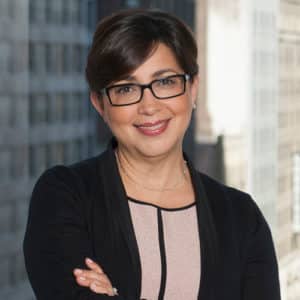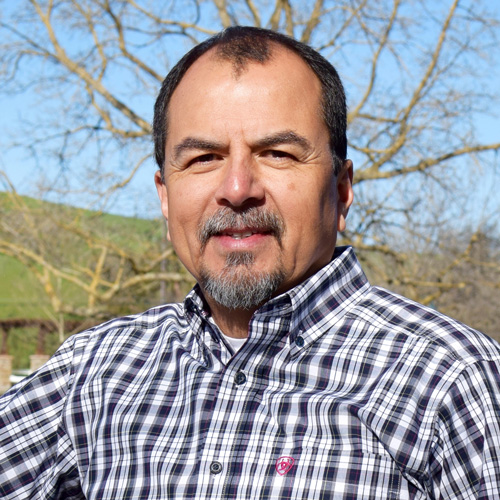
Hispanic Executive: How did you make diversity and inclusion a priority at Accenture?
Nellie Borrero: It was my personal goal when I started as a recruiter. To make it my full-time focus, I developed a business case based on the need for hiring, retaining, and developing the very best talent. Senior leadership understood and supported that strategy from the very beginning. Even so, my biggest challenge was learning patience. I wanted things to move faster.
How did your Puerto Rican background influence your efforts?
Relationships are everything in Puerto Rican culture. When you connect personally and with empathy, it opens the door to conversations that you might otherwise avoid because you’re afraid of offending someone. Developing genuine relationships helped establish the trust I needed to be successful, even if the goals I was working toward sometimes seemed disruptive. If I was totally authentic and explained why these ideas really were important, no one ever turned me down.
What challenges did you find when you began expanding diversity and inclusion priorities to Accenture’s worldwide offices?
I had to learn a lot so I could be aware of and sensitive to local cultural norms and expectations. That helped establish new trusting relationships, just as I’d done in the US. In India, for example, some working women take on added responsibilities for their extended families when they get married. So we have to realize that a woman doesn’t lack commitment or talent or motivation because she has to leave the office early or can’t be on an early morning conference call. We have to acknowledge the outside factors and find ways to empower that person, not penalize her. Ultimately, it makes the individual and the organization more successful.
Can you describe in practical terms what Accenture’s culture looks and feels like when it comes to diversity and inclusion?
We operate with the mission to be the most diverse organization on the planet. It’s a priority that comes from the top down—and we all walk the walk. We have an environment where everyone can be truly authentic. That means in any of our offices I can have a conversation about the weekend a colleague had with their same-sex partner, or how someone with a specific disability is being considered for added responsibilities and may have to approach their new role in a nontraditional way. We expect everyone to take ownership of the inclusive agenda and to maintain that environment no matter what their level in the organization might be.
Are there any diversity issues or lessons that are exclusive to Latinos?
One issue I’ve found in the US is that many Latinos are self-conscious about their accents. That can lead them to be less vocal or appear to be disengaged. Latin culture also teaches us to be respectful of leaders or elders, not to interrupt, to ask for too much, or to claim credit for ourselves. This isn’t true only for Latinos, so I tell many people that no matter how you sound, be heard. Sometimes you have to stand out and learn to be comfortable with that. Every culture has its own unique beauty and can be unselfish and nurturing, but in a corporate environment, you may have to challenge those traditional behaviors.
How is diversity and inclusion different than it was thirty years ago?
When I started my career, I was one of the few ethnic minorities “in the room.” But at a recent community meeting, I felt emotional when I went on stage to be interviewed and found I was looking out at an amazing sea of diversity. The goal I had envisioned for so long was real and, literally, looking back at me.
The level of awareness and engagement in business also is exponentially higher. From my perspective, the inclusion and diversity journey that an organization typically experiences has five steps—and depending on the maturity of each organization, these stages will vary. They evolve as follows: Inclusion and diversity starts as the nice thing to do; then, the right thing to do. Next, the third stage, it becomes a business imperative [the confirmation of the business case]. The fourth stage is where organizations start to determine who is accountable, which leads to the final, fifth stage: the realization that everyone is responsible.
One thing that has not changed?
The understanding that as inclusion and diversity practitioners, our job every single day is to advocate with courage.

